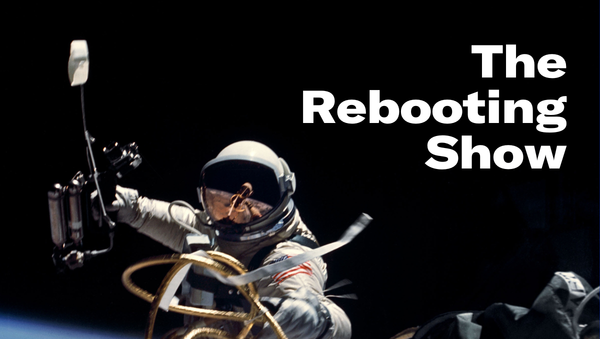The unbundling of publishing (1/x)
Substack and unionization are a sign of what's to come
Last month, I wrote about how the pandemic has accelerated an unbundling of the events industry, as the inefficiencies of combining many different functions become exposed. There is a similar, even messier, unbundling taking place in the media business.
First, there’s a need to understand a few simple things that are often overlooked.
Publishers are not all alike. Different products require different distribution and business models. Ignore anyone who treats anything as an all-or-nothing proposition. They’re either trying to sell you something, lunatics or amiable dunces.
The publishing function is more than content. I always found it odd that layoffs stories focused almost entirely on the newsroom when, at many publishers, more people serve roles outside producing the actual content. You need product and tech, audience development, ad sales, ad ops, marketing, now commerce, admin and finance, etc. Journalists always focus on journalists. That will never change.
Media tends to be a children’s soccer game. I spoke to Ben Smith ahead of his NYT column calling peak to the subs craze, and thought for sure he’d use my children’s soccer game analogy. Alas, I ended up not making the cut. The children’s soccer game is where a big clump of players chase the ball from one side of the field to the other. SEO, social, video, newsletters, subs -- you’ll find a crowd.
What I believe is happening now is the singular publishing entity is under stress. We see institutions of all kinds being put under pressure as people revolt against the way things have always been. Within newsrooms, this is a fraught time. There are flares of revolt from both ends of the newsroom.
- “Stars” are leaving for Substack or independent, micro-media ventures. Many already have their own distribution mechanisms, taking away a key function of the publisher. What’s more, the reality of publishing is often that experienced high performers subsidize others whose work is not economically viable.
- Workers are unionizing. I got pilloried by Union Twitter for pointing out that the beefs laid out by Insider’s newly formed union are a problem of business models. The model needs cheaper labor, and people early in their careers tend to be paid less. If these activist young people think a union will solve that structural problem, they’re being hopelessly naive. The pie simply isn’t big enough; that’s the problem.
- New forms of media products are being born, some by companies and some by experts -- and some as a hedge against high customer acquisition costs. These “media products” aren’t exactly journalism per se, but they do serve a role in the future information ecosystem, whether the Blue Checks like it or not.




